Mechanical Dewatering of Tailings Team – SP21
Overview
Three senior design teams at Colorado School of Mines looked at different aspects of tailings management within the realm of the mining industry. Mine tailings (a waste byproduct of ore processing) have the potential to present general safety and environmental risks if not managed properly. The early practice of typical tailings storage facilities (TSF) in the form of wet dams are becoming a highly debated topic among both environmentalists and industry professionals alike due to risk of failure and environmental consequences. Even with the improvements in engineering safer TSFs, the mining industry as a whole is looking for alternative methods of managing this waste byproduct. This was the focus of the three teams within the Newmont Design Studio. By taking multiple approaches to tailings management, new and innovative solution approaches to legacy site safety analysis, tailings dewatering technology, and tailings reuse were designed, built, and tested.
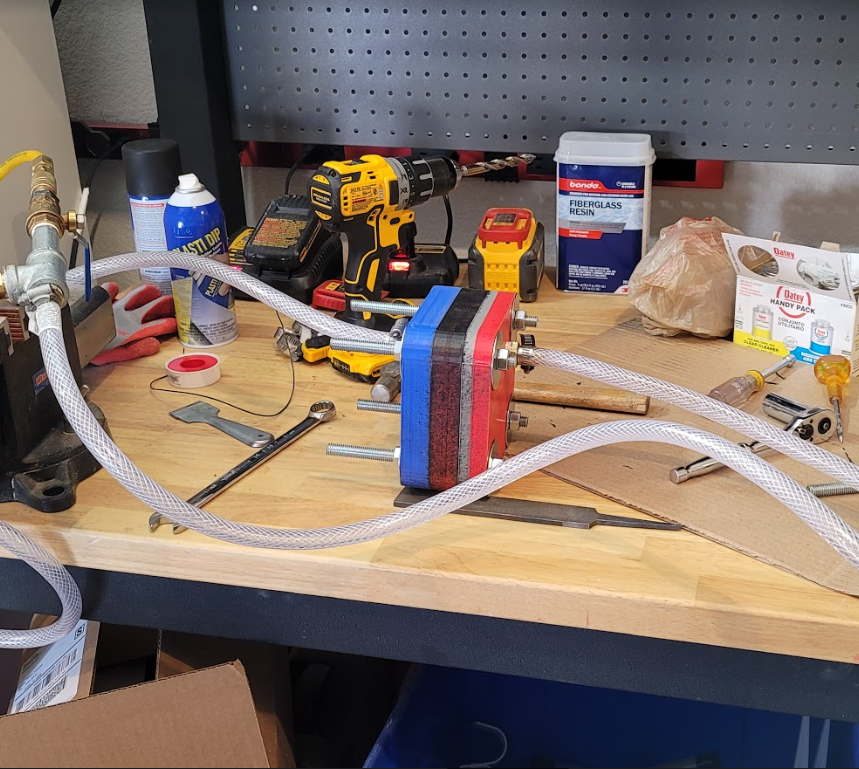
Live Zoom Chat
Join from PC, Mac, Linux, iOS or Android: https://mines.zoom.us/j/2964856916
Or iPhone one-tap: 13462487799,2964856916# or 16699006833,2964856916#
Or Telephone:
Dial: +1 346 248 7799 (US Toll) or +1 669 900 6833 (US Toll)
Meeting ID: 296 485 6916
International numbers available: https://mines.zoom.us/u/acAurOfnXa
Team Members
- Jarod Horton
- Brian Schreffler
- Ryan Espinoza
- Jake White
- Brett Wiebold
The Client
- Newmont
– Brett Byler
– Kim Morrison
Acknowledgements
Project Advisor: Robin Bullock
Technical Advisor: Mick McCaslin and Dr. Alexandra Wayllace
Donations Made by: Newmont and FLSmidth
Beyond the initial research that was performed in order to grasp a technical understanding of the tailings management industry as a whole, the scope and project focus was to design, fabricate, and test a functioning bench-scale filter press machine which implemented both filter plate compaction as well as plate pressurization and was capable of dewatering tailings samples to a moisture content of ~20-25%. Beyond these requirements, the team performed several soil mechanics testing trials to obtain information on each tested sample’s final moisture content, plastic limit, and particle size distribution. Specific project deliverables included:
- The design, fabrication, and testing of a bench-scale filter press prototype capable of dewatering slurry tailings samples to a moisture content of ~20-25%.
- Perform testing on the synthesized prototype utilizing tailings samples of gold, copper, and soda ash mining tailings.
- Modify and improve the initial design to meet the targeted moisture content goal
- Perform various soil mechanic-based testing on the utilized samples in order to gain an understanding of the -prototype’s performance relative to tailing sample characteristics (Testing included particle size distribution, plastic limit, and achieved moisture content).
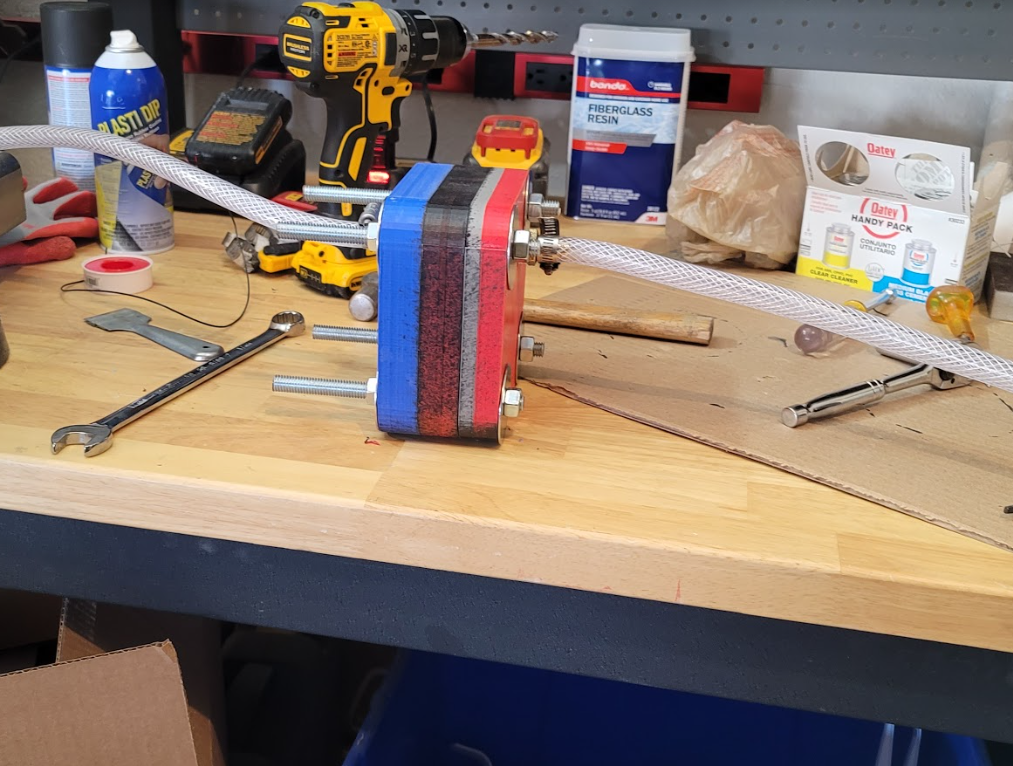
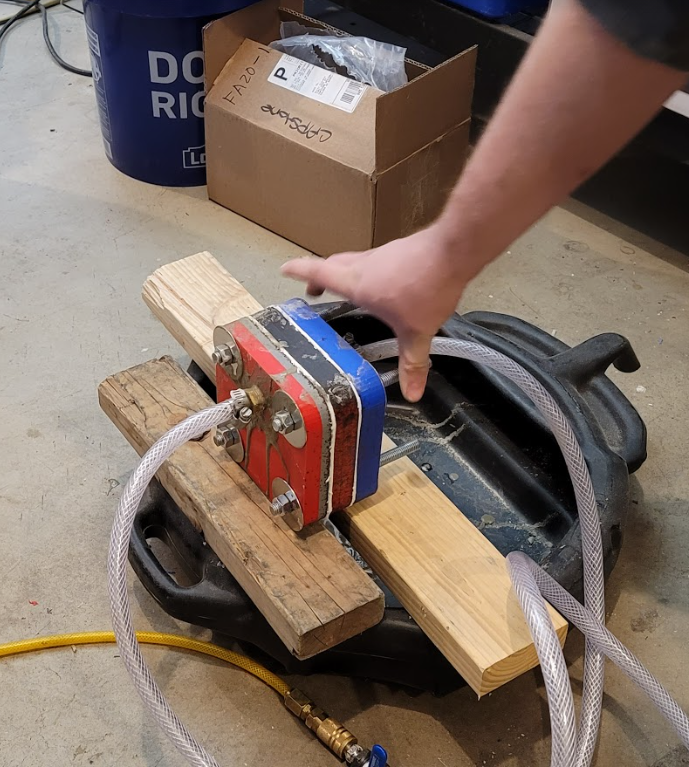
Design Solution
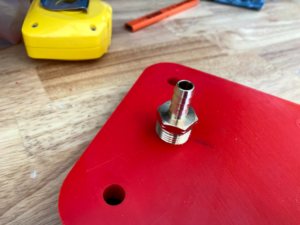
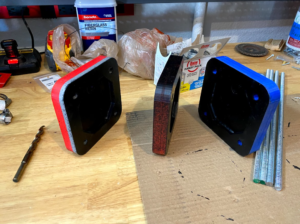
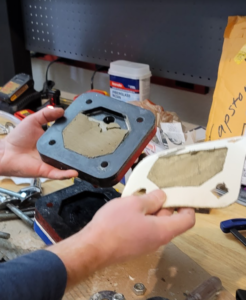
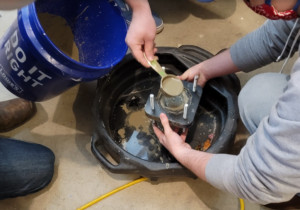
The team’s tested prototype was developed and via 3D modelling software called SOLIDWORKS. This allowed the team to design a filter plate set consisting of two outer plates and one middle plate. The two outer plates were designed with the intent of being the pressurized to ~15-20 psi while the center plate would be responsible for drainage. The 3D model was then printed from PLA plastic and sealed using various rubber and acetone-based sealants to ensure a pressure-tight environment. The plate assembly was then fastened together via four threaded steel rods (one in each corner) and ½” pressure fittings were then drilled and tapped into the back of each of the outer filter plates. Filter media from a third-party home brewery kit was utilized between each plate face to act as both the filter media and gasket material. Once connected to a regulated pressure source, the machine could then be filled with slurry tailings and then ran for a given amount of time to produce filtered tailings cake within the targeted moisture content.
The team ran several trials with several different types of tailings. These included gold, copper, and soda ash mine tailings. It was determined that the developed prototype was successful in dewatering all gold tailings samples tested to a moisture content within the targeted range (~20-25%). The machine did however struggle with dewatering the copper and soda ash tailings tested, achieving moisture contents nearly double the required range. It is suspected that this is due to the extremely fine particle size distribution characteristics of the copper and soda ash tailings.
Next Steps
Future project scope includes prototype modification and improvement, allowing the machine to become capable of processing more problematic tailings such as the copper and soda ash tailings samples tested. Other avenues of interest include improving the overall efficiency of the developed prototype within the context of throughput capability as well as overall cycle time lengths. These various avenues for further development coupled with further specific sample testing such as proctor compaction and optimum moisture content testing will ultimately continue the progress of the relatively new mechanical dewatering industry as a whole.
Meet the Team
Jarod Horton
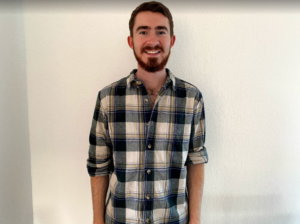 My name is Jarod Horton and I’m a senior civil engineering student here at Mines. My career aspirations lie in and around the construction industry and structural engineering. My hobbies include anything remotely related to the outdoors!
My name is Jarod Horton and I’m a senior civil engineering student here at Mines. My career aspirations lie in and around the construction industry and structural engineering. My hobbies include anything remotely related to the outdoors!
Brian Schreffler
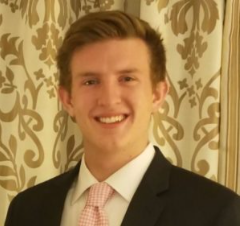 Brian is a senior studying mechanical engineering from Castle Rock, Colorado. Brian managed the budget and compared financial information for the mechanical dewatering project. When not doing school work, Brian spends his time playing soccer, skiing, or hiking depending on the season. After he graduates, Brian is planning to work in the aerospace industry and hopes to one day go to space.
Brian is a senior studying mechanical engineering from Castle Rock, Colorado. Brian managed the budget and compared financial information for the mechanical dewatering project. When not doing school work, Brian spends his time playing soccer, skiing, or hiking depending on the season. After he graduates, Brian is planning to work in the aerospace industry and hopes to one day go to space.
Ryan Espinoza
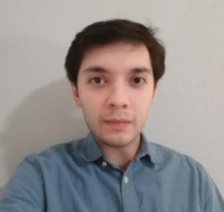 I am a Mechanical Engineer for the Fall 2021 Class of School of Mines.
I am a Mechanical Engineer for the Fall 2021 Class of School of Mines.
Jake White
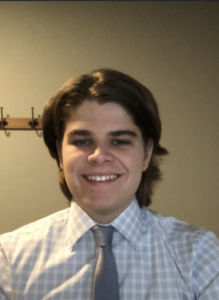 Hello, I am Jake White, a senior in Mechanical Engineering. I have a background in mechanical and numerical modeling and have used those skills to assist the team this semester. In my spare time I like to golf.
Hello, I am Jake White, a senior in Mechanical Engineering. I have a background in mechanical and numerical modeling and have used those skills to assist the team this semester. In my spare time I like to golf.
Brett Wiebold
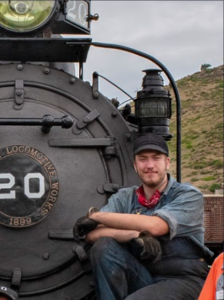 Brett is a 4th year Engineering Design student at MINES. New to the dewatering team this semester, he’s greatly enjoyed working with Newmont and the tailings team to develop the prototype filter press. He plans to graduate in December with a focus area in Railroad Mechanics.
Brett is a 4th year Engineering Design student at MINES. New to the dewatering team this semester, he’s greatly enjoyed working with Newmont and the tailings team to develop the prototype filter press. He plans to graduate in December with a focus area in Railroad Mechanics.

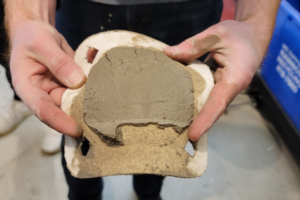 As the mining industry is being challenged to construct fewer tailings embankments by replacing conventional tailings storage facilities with dewatered tailings technologies, the goal of this project was to research existing technologies that remove excess moisture from tailings waste and in turn, strengthen their shear capacity. As a whole, this project was focused on technologies that allow for filtering of tailings, thus removing the need for conventional tailings embankments. As the primary goal of this project was to examine and improve upon tailings dewatering systems for large scale mines, the work performed this past year was focused on research and analysis of dewatering technology as well as the design, fabrication, and testing of a functioning bench scale model filter press. This work synthesized a foundation for further technological improvement and innovation within the mechanical dewatering realm as a whole.
As the mining industry is being challenged to construct fewer tailings embankments by replacing conventional tailings storage facilities with dewatered tailings technologies, the goal of this project was to research existing technologies that remove excess moisture from tailings waste and in turn, strengthen their shear capacity. As a whole, this project was focused on technologies that allow for filtering of tailings, thus removing the need for conventional tailings embankments. As the primary goal of this project was to examine and improve upon tailings dewatering systems for large scale mines, the work performed this past year was focused on research and analysis of dewatering technology as well as the design, fabrication, and testing of a functioning bench scale model filter press. This work synthesized a foundation for further technological improvement and innovation within the mechanical dewatering realm as a whole.

